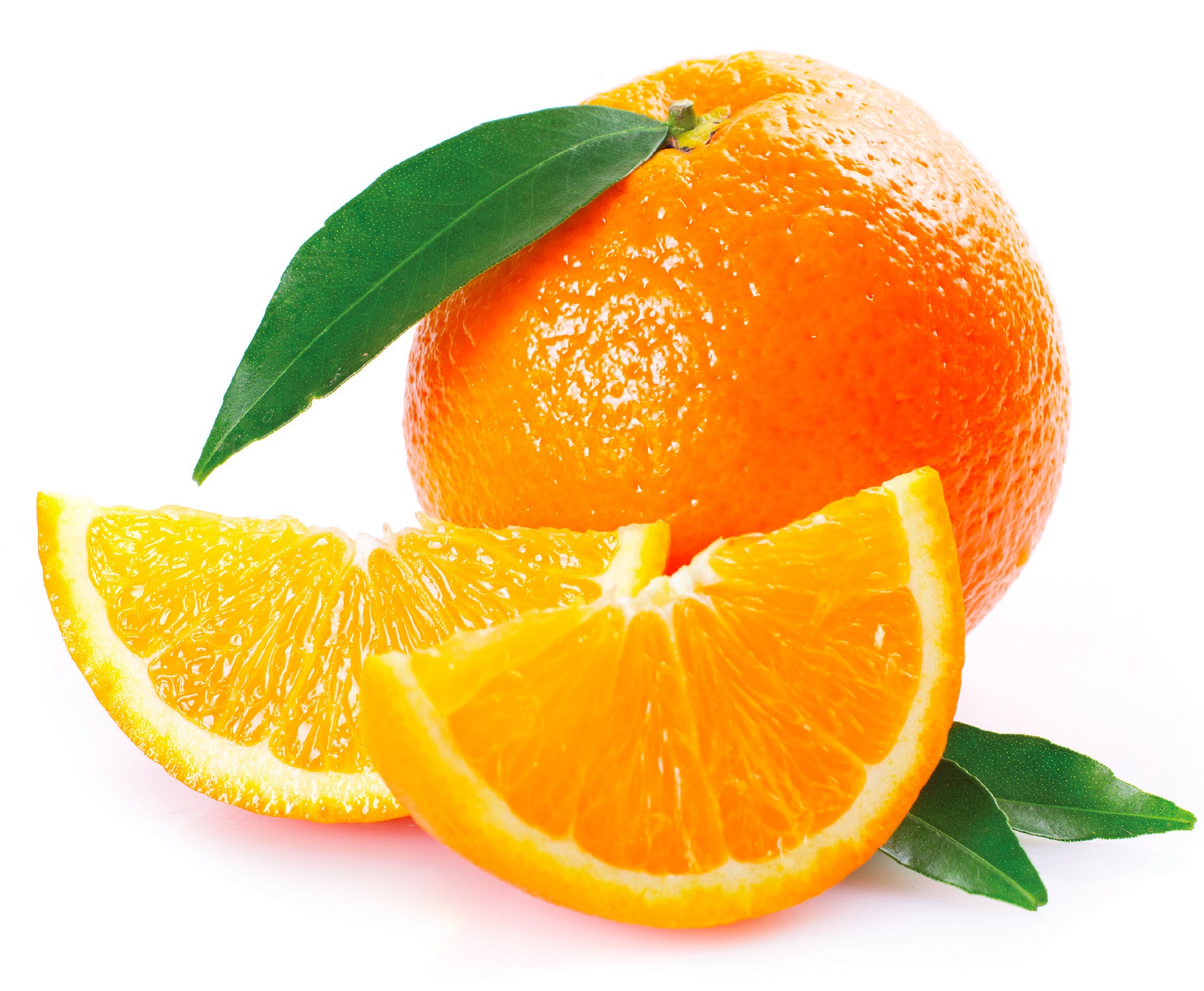Face-to-face meetings and a different kind of chemistry
Dr. Selim Erhan, TLT Editor | TLT From the Editor August 2022
Vitamins work together to eliminate free radicals.

The much anticipated in-person STLE Annual Meeting & Exhibition this past May was very successful. We had a very good venue, good weather and good food, and the meeting went smoothly to the delight of all STLE staff that put in a whole years’ worth of preparations. But most of all I think it was very fruitful to all of us. When you are meeting in person, so many dimensions add to the topic of conversations—the human bonding, face expressions, relaxation and, most of all, brainstorming. As one subject leads to another, ideas flow from so many different angles.
While talking about meetings and traveling, I would like to tie it to a bit of chemistry that goes on inside our bodies. I am sure full airplanes, restaurants and meeting rooms are causing anxiety in many people. So, I think it is a perfect time to take extra precautions and also use time tested measures such as taking vitamins. Recently there have been numerous publications on vitamin D and how normal to high levels are effective against viruses. For decades, two-time Nobel Prize laureate Dr. Linus Pauling had strongly urged people to take daily high doses of vitamin C, not only against cancer but for protection from viruses that work with a very interesting mechanism.
A while ago I listened to a seminar on vitamin C and vitamin E and how they worked together to eliminate free radicals. Free radicals are molecules with only one electron left in an orbit when there needs to be two. Electrons travel in pairs in their own orbits. Even though electrons are negatively charged and would repel each other when they got close, they stay together with magnetic attraction. When a charged particle spins, it creates a magnetic field. Opposite spins create opposite magnetic fields attracting the two electrons while the same charge repels them. This way they stay in balance—that is until some other force comes and removes an electron leaving the one behind frantically searching for another electron.
Of course, in nature nothing is frantic; everything is in harmony, so I should say this single electron is now on a mission to attract another electron. Until then it is a free radical. Electrons can be removed by a high energy source such as X-rays, ultraviolet rays from the sun or tanning beds or by another free radical or electron acceptors. Once formed free radicals are dangerous inside the body because they can go to a DNA, and DNAs have many double bonds. In a double bond, one bond (two shared electrons) is tightly held between two nuclei; the other bond (the other pair of electrons) is more lose because they are a bit outside the direct pull of the nuclei. These ones are easier to remove. If the DNA molecule loses an electron and cannot find one immediately, it may rearrange to eliminate the need for an electron. The problem is that this rearrangement changes the code on that section. Next time it divides to make a new DNA it will make a DNA that will now have the same wrong code and will not be able to make the molecules that are asked from it. In short, this can lead to masses of non-functioning cells that turn into tumors.
Vitamin E has a labile electron, and if there is a free radical in the vicinity, it will give this electron and neutralize the free radical. Vitamin E then picks an electron from a nearby vitamin C. Vitamin C rearranges itself and is no longer functional—it is sacrificial. Vitamin E is oil soluble, and as other oil soluble vitamins, should not be taken more than needed. The performance is ensured as long as there is vitamin C around. Vitamin C is water soluble, so the extras or the spent ones are excreted from the body with water. One can take large doses without worrying about vitamin C toxicity. This is why Dr. Pauling was advocating taking 10,000 milligrams (mg) a day.
Our environment has been changing with the modern ways of life—from flying where we are exposed to more radiation, even though small, to a lot of different chemicals that were not present in the last centuries. In the turn of the century, doctors in Germany, England, France and the U.S. started to see an alarming increase in cancer cases. At the same time, other doctors that were operating in the colonies of these countries observed that there were no cases of cancer among the indigenous populations from the Americas to Africa, Asia, Australia and the Pacific Islands.
As it seems that it is difficult to avoid the many causes of damage to our molecules in our modern societies, at least we can try to get extra protection. This is why Dr. Pauling was advocating larger doses. I take a minimum of 1,000 mg of vitamin C as soon as I feel like I am starting to get a cold. I have seen time and time again that it stops the symptoms in 15 minutes if taken immediately. I carry vitamin C in my car, in my briefcase and everywhere I go. Vitamin C somehow stops viruses from replicating. The reactions in the body happen very fast. So, the faster one takes vitamin C, the easier it is to prevent viruses from reaching large numbers. It gives the immune system time to kill and remove the existing viruses. It also makes us feel more secure and enjoy those handshakes!
Dr. Selim Erhan is director of business development for Process Oils Inc. in Trout Valley, Ill. You can reach him at serhan@processoilsinc.com.